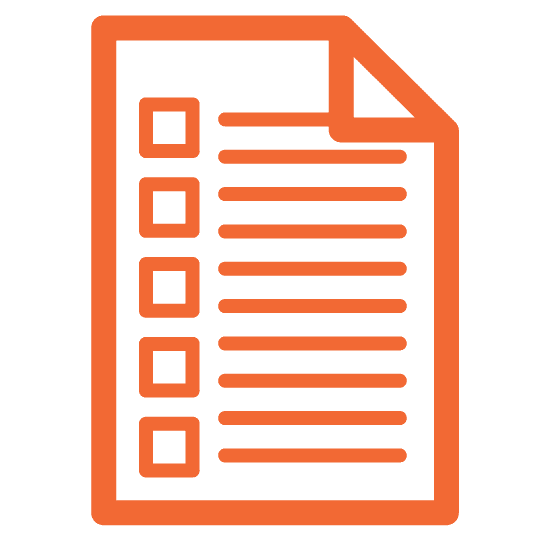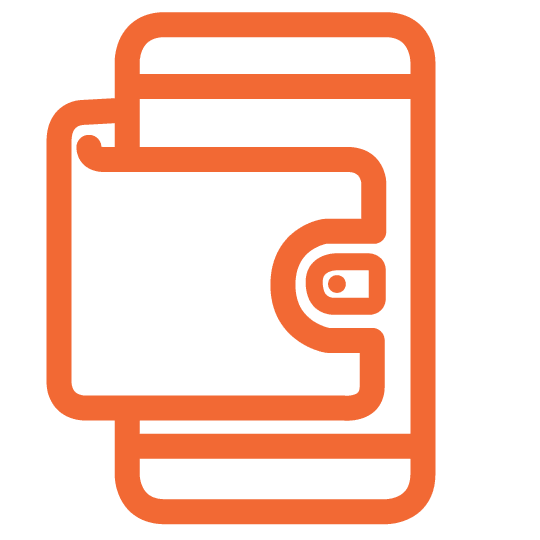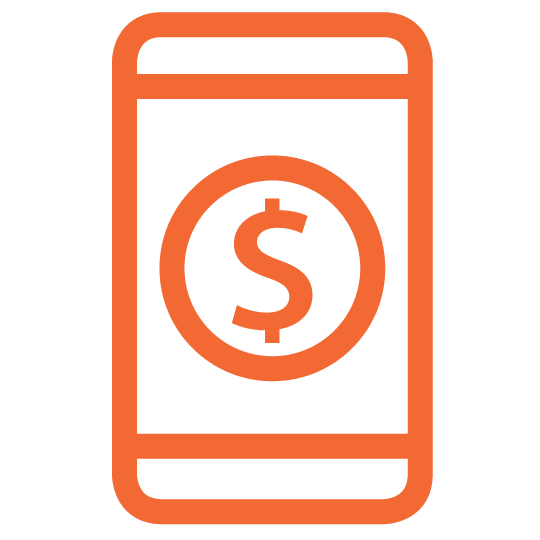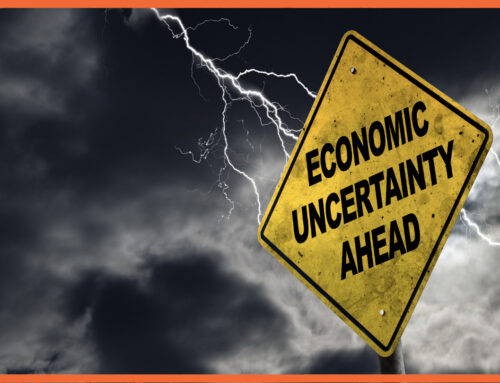EQUIFAX CREDIT BREACH: WHAT TO DO NEXT
North Shore Trust and Savings understands the concern for your personal information due to the Equifax breach. We have compiled some facts that will help you become a well-informed consumer and, hopefully, sleep a little easier at night.
It is hard to prevent Identity Theft, but there are ways you can protect yourself:
- A Credit Freeze is the most effective protection, but also the most intrusive.
- Fraud Alerts provide a temporary ‘speed bump,’ slowing down identity thieves.
- Obtaining a free copy of your credit reports doesn’t prevent identity theft, but can help you find fraudulent activity.
This is being provided for informational purposes only. North Shore Trust and Savings is neither making recommendations of action or inaction, nor providing credit advice. It is important for you to consider what may be the best option for you.
HIGHLIGHTS:
- 143 million Americans had their Social Security number, birth date, address, and driver’s license number stolen from Equifax. This information can be used to open a new line of credit using your identity.
- Equifax and the other credit bureaus provide your personal data to your lender when you apply for a loan. Your lender may also provide data about your payment activities to the credit bureaus, but they already have your identifying information.
- 209,000 credit card numbers were stolen as well, but that doesn’t put your identity at risk.
- The official source of information from Equifax is https://equifaxsecurity2017.com. Beware of fake sites trying to take advantage of the situation. You can also call 1-866-447-7559. The call center is open every day (including weekends) from 7:00 a.m. – 1:00 a.m. Eastern Time.
- To see recommended courses of action the Federal Trade Commission has provided on the breach, please click here.
- Equifax is promoting their own credit monitoring service, TrustedID, free for one year but may require payment after that. LifeLock is a more well-known option for monitoring new credit applications under your identity, but it costs money.
- If you are not in the habit of checking your credit report, you may want to add this to your routine. You are entitled to one free credit report from each of the Big 3 credit bureaus per year by going to annualcreditreport.com
- If you suspect your information has been compromised, you may want to consider placing a fraud alert on your account. A fraud alert requires potential creditors to contact you and obtain your permission before opening new lines of credit in your name.
- A Credit Freeze is a more restrictive option. It’s more effective because it blocks all new credit applications under your identity, until you “unfreeze”. Again, a Credit Freeze blocks ALL new credit requests, both fraudulent requests and ones you may initiate yourself.
FREE CREDIT REPORTS
You are entitled by law to one free credit report from each of the Big 3 per year. This means you can check your credit, for free, 3 times per year by request your annual report from one of the Big 3 every four months. The only site to obtain your free copy is annualcreditreport.com, or by phone at 877-322-8228. There are many websites and services that will charge you to access your credit score. Some may claim to offer a “free” report, but you must agree to sign up for a paid service like credit monitoring.
Your free credit report will show all your current lines of credit and debt obligations, along with many of your past obligations and payment history. However, it will not show your credit score. Credit Scores can be obtained, for a fee, directly from the credit bureaus. It is good to know your credit score, but not necessary, and not as important as the accuracy of the information used to calculate it.
FRAUD ALERT
A fraud alert requires potential creditors to contact you and obtain your permission before opening new lines of credit in your name. You are allowed by law to file a fraud alert (also called a “security alert”) with Equifax, Experian or TransUnion every 90 days. When you establish a fraud alert with one of the Big 3 credit bureaus, they are required by law to alert the other two bureaus. The fourth bureau, Innovis, follows the same rules as the Big 3, but you must file a fraud alert with them separately.
Remember, fraud alerts only last for 90 days. You can renew them as often as you like and consumers who can demonstrate that they are victims of identity theft can apply for a long-term fraud alert that lasts up to 7 years (a police report and other documentation may be required).
CREDIT FREEZE
A Credit Freeze will prevent anyone from accessing your credit report. If a scammer tries to open a new line of credit using your name, date of birth, and social security number, or when a lender attempts to pull your credit report, they will receive a message stating the account is “blocked” and to contact the credit bureau. In most cases the credit bureaus will not say the report is frozen for security/privacy reasons.
A Credit Freeze will also block credit inquires you initiate. You will need to remember to contact the credit bureaus before you try to open any new accounts. You can typically “thaw” your account, allowing access for a specific period of time (car shopping on Saturday) or for a particular creditor (getting a mortgage with North Shore Trust and Savings). You can also remove the block or “unfreeze” your accounts at any time.
If you feel a Credit Freeze is right for you, be sure to remember there is more than one credit reporting agency. You may be familiar with the “Big 3”, but did you know there are FOUR credit bureaus? They are Equifax, Experian, Innovis and TransUnion. When you click on the company’s name, you will be directed to their freeze initiation page. Each company will ask you to input your identifying information and agree to their terms. There may be a fee imposed to freeze your credit report. The fees vary depending on your age, and which state you reside in. Fees may also apply for each request to “thaw,” or “unfreeze” your accounts. Be sure you read and understand the terms and conditions before you submit the request. Once you have accepted the terms and placed the freeze, you will be given a 6-digit pin number that is required to “thaw” or “unfreeze” your account. DO NOT LOSE THIS PIN or you will not be able to unfreeze your accounts! (Please note you will leave the North Shore Trust and Savings’ website, or a second browser window will open. North Shore Trust and Savings is not responsible for the content of these sites.)














